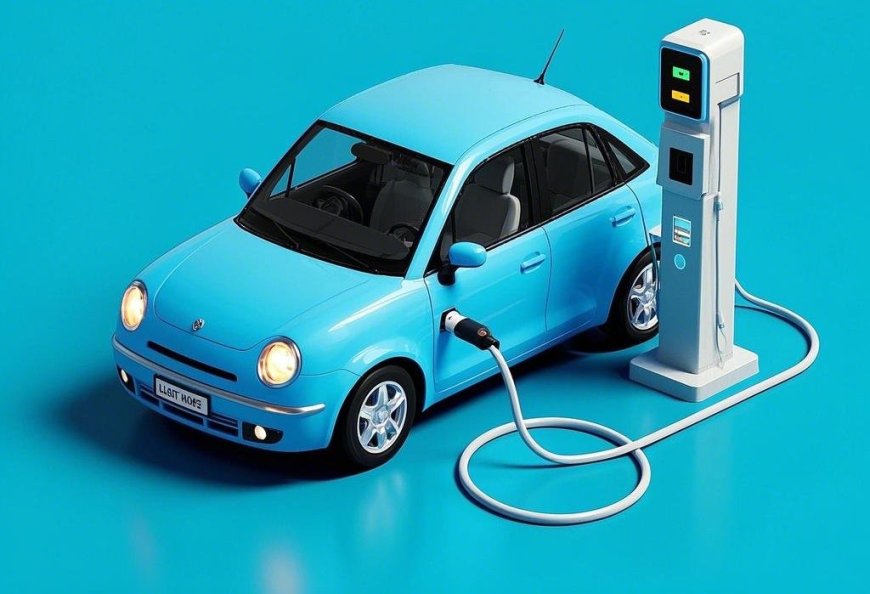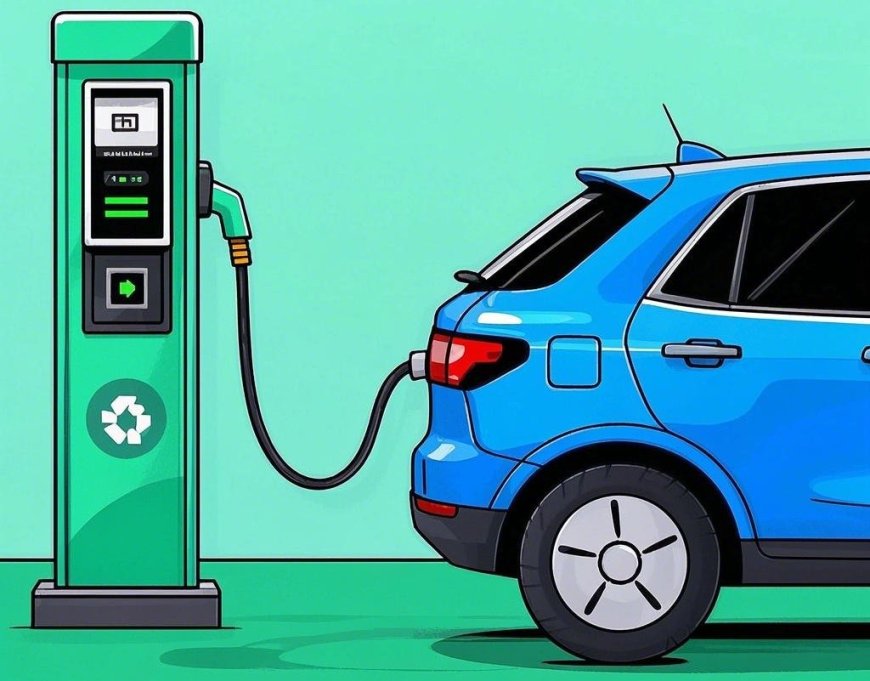Beyond the Road: Exploring the Emerging Potential of Vehicle-Integrated Power Systems
Vehicle-Integrated Power Systems (VIPS) are redefining the role of electric vehicles (EVs) in our energy ecosystem. With technologies like bidirectional charging, V2H, V2G, and V2L, EVs can act as mobile energy storage, stabilizing the grid, powering homes, and supporting renewable energy integration for a more resilient and sustainable future.

The electric vehicle (EV) revolution is rapidly accelerating, moving beyond a simple shift in transportation to a broader transformation of our energy landscape. While the focus has largely been on battery technology, charging infrastructure, and range anxiety, a new and exciting dimension is emerging: vehicle-integrated power systems (VIPS). This concept, encompassing technologies like bidirectional charging and vehicle-to-grid (V2G) capabilities, promises to redefine the relationship between EVs and the electricity grid, unlocking significant potential for both consumers and the energy industry.
At its core, VIPS allows EVs to not only draw power from the grid but also to discharge power back into it. This fundamental shift transforms EVs from passive consumers of electricity into active participants in the energy ecosystem. Imagine your EV not just as a mode of transport, but as a mobile energy storage unit capable of supporting your home, stabilizing the grid, and even contributing to a more resilient and sustainable energy future.
Understanding the Key Concepts:
While often used interchangeably, it's important to distinguish between some core concepts within VIPS:
- Bidirectional Charging: This is the fundamental technology that enables the two-way flow of electricity between the EV and a charging point. It allows the EV battery to be charged and also to discharge power back through the same connection.
- Vehicle-to-Home (V2H): This application uses bidirectional charging to power a home directly from the EV battery. It can serve as a valuable backup power source during outages or potentially reduce energy bills by utilizing stored energy during peak hours.
- Vehicle-to-Grid (V2G): This more complex application involves EVs feeding power back into the electricity grid. Aggregated across a fleet of vehicles, this stored energy can provide valuable grid services like frequency regulation, demand response, and peak shaving, contributing to a more stable and efficient energy grid.
- Vehicle-to-Load (V2L): This feature allows EVs to power external devices and appliances through standard outlets. It's particularly useful for camping, outdoor events, or even as a mobile power source for tools on a job site.

The Benefits of Embracing Vehicle-Integrated Power Systems:
The potential advantages of widespread adoption of VIPS are significant and multifaceted:
| Benefit Category | Description | Example Application |
|---|---|---|
| Grid Stability | EVs can act as distributed energy storage, helping to balance supply and demand, especially with the increasing integration of intermittent renewable energy sources. | Smoothing out fluctuations in solar and wind power generation. |
| Cost Savings | EV owners can potentially reduce their electricity bills by charging during off-peak hours and discharging during peak hours. | Powering your home during the most expensive hours of the day using energy stored overnight. |
| Resiliency & Backup | V2H capabilities provide a reliable backup power source during grid outages, ensuring essential appliances and devices remain operational. | Keeping lights on and refrigerators running during a storm-induced power cut. |
| Renewable Integration | VIPS can facilitate greater adoption of renewable energy by storing excess solar or wind power and releasing it when needed, maximizing the use of clean energy. | Charging your EV with solar power during the day and using that stored energy to power your home at night. |
| Revenue Generation | In the future, EV owners could potentially earn revenue by participating in V2G programs, contributing to grid stability and receiving compensation for their service. | Participating in a demand response program where your EV is used to provide power to the grid during peak demand. |
Unlocking the Potential: Key Considerations:
While the promise of VIPS is substantial, several factors need to be addressed for its widespread adoption:
- Technological Advancements: Continued development of bidirectional charging infrastructure, standardization of protocols, and improvements in battery technology are crucial.
- Grid Infrastructure Upgrades: The existing grid infrastructure may require upgrades to effectively handle the two-way flow of power from a large number of EVs.
- Regulatory Frameworks: Clear regulations and policies are needed to incentivize VIPS adoption and ensure fair compensation for grid services provided by EV owners.
- Consumer Awareness and Acceptance: Educating consumers about the benefits and functionalities of VIPS is essential to drive demand and overcome potential concerns.
- Battery Degradation Concerns: Addressing concerns about the potential impact of frequent charging and discharging cycles on battery lifespan is critical. However, research suggests that smart charging algorithms can mitigate these effects.
Moving Forward:
Vehicle-integrated power systems represent a significant evolution in the EV landscape. As technology advances and regulatory frameworks evolve, we can expect to see greater integration of these capabilities into future EV models and charging infrastructure. The potential benefits for grid stability, energy costs, and the transition to a cleaner energy future are undeniable. By embracing this new dimension of electric vehicles, we can unlock a future where our cars are not just modes of transportation, but also valuable contributors to a more sustainable and resilient energy ecosystem. The journey towards widespread VIPS adoption is underway. Through collaborative efforts between automakers, energy providers, policymakers, and consumers, we can pave the way for a future where the power of electric vehicles extends far beyond the road.

